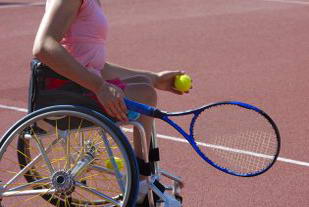Are influencers just a fad or are they useful in deploying a more informed method of communication?
Influencers are, first and foremost, people who use or attempt to use social media to direct the masses to carry out an action, and marketing is almost always involved: from purchase of a product to supporting a cause or experiencing something.
The world of disability
The world of disability also has a prolific undergrowth of people and personalities who, through their own personal or professional experience, popularise viral content that allows the issue to be viewed through ‘normal’ eyes. Instagram, the social network currently trending partly as a result of its stories, is the perfect melting pot in which to seek inspiration.
There are numerous examples to consider, for different reasons (and I certainly do not mean physical limitations here): disability is a vast world with an infinite number of issues to discuss. Some people deal with the aspect of everyday life, others with rights or technology and others simply tell their own story.
I like to divide the content I assimilate into categories, such as by geographical origin for example, since the relevant laws differ from country to country, or by use of aids, in order to discover the existence of new technologies that improve everyday life, or accessible places to visit. I do not like things that are imposed, inappropriate or constantly focused on one thing, as everything should be contextualised.
My top 3
Personally, I do not have any reference models, but I follow various influencers in the world of disability, in order to learn new ideas that I can put into practice in my own life. My top three influencers are:
- Stella Young, a wheelchair-bound actress and comedienne, something that does not automatically transform her into a noble inspiration for all of humankind. She fights against the “inspiration porn” of disability.
- Lauren Spencer, who is a disability lifestyle influencer, dedicated to promoting the most positive lifestyle possible for people with disabilities.
- Nina Rima, a model from Como, who became disabled following a road accident and tells stories using the right balance between “before” and “after”, all embellished with her professional experience in the world of modelling.










